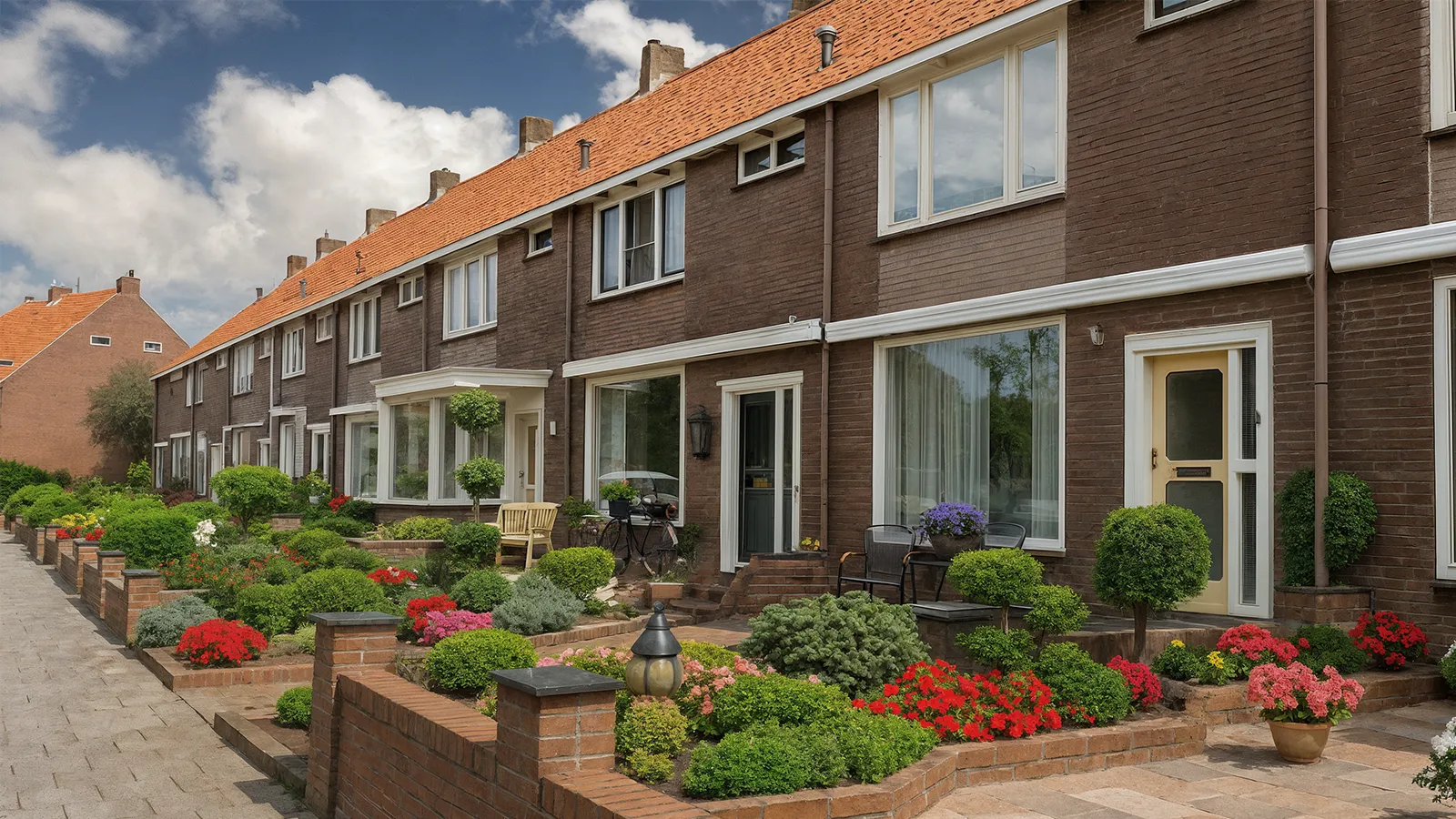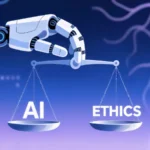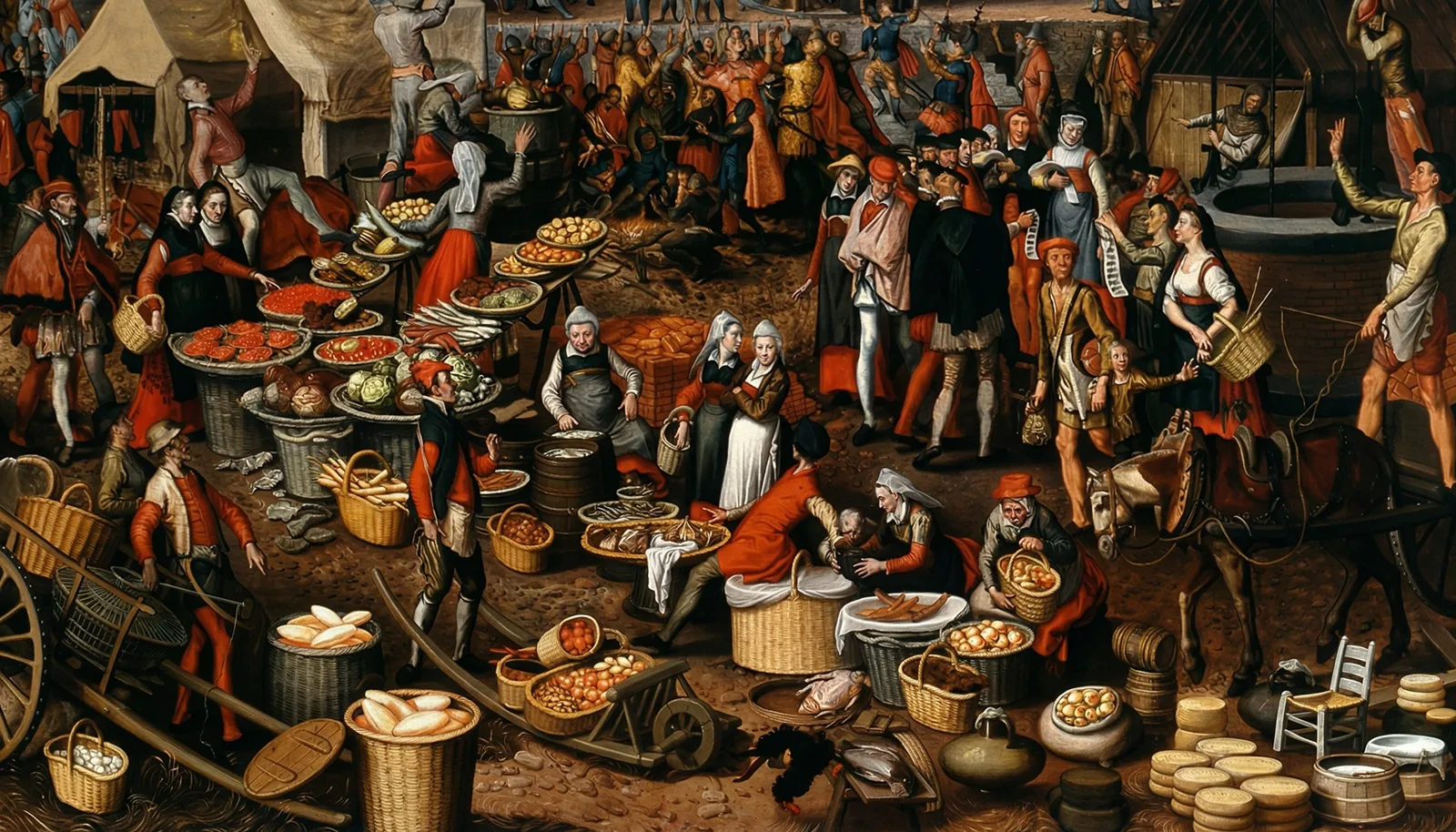
Introduction
The application of the Temporary Protection Directive (TPD) for Ukrainian displaced persons in the EU has recently been extended again—now until 4 March 2027. This extension reflects the acknowledgment that a mass return to their home country is unrealistic in the near future. However, behind this formal decision lies a more complex legal and social challenge: how can the Netherlands and the EU ensure adequate and sustainable protection for Ukrainians amidst a protracted war and uncertainty?
A recent Clingendael report, Voortdurende oorlog, blijvende onzekerheid (Protracted War, Continuing Uncertainty, June 2025), offers a detailed analysis of the factors influencing the prospects for return. This article summarises the report’s main findings, considers their implications for Dutch practice, and discusses the legal issues related to the transition from temporary protection to more permanent statuses.
- Extension of the Temporary Protection Directive
The EU has once again extended the application of the Temporary Protection Directive for Ukrainians for another year. The European legislator thereby factually acknowledges that a safe and sustainable return for most displaced persons to Ukraine is not yet possible. Concurrently, discussions are ongoing at the EU level about a longer-term strategy, including alternative forms of residence permits and phased assistance for return when possible.
For the Netherlands, this extension solidifies the obligation to continue providing housing, social assistance, and integration support. But it also raises legal questions about the transition from temporary protection to more permanent forms of residence. The European Commission is urging Member States to simplify such transitions to avoid overburdening national asylum systems.
- Factors Hindering Return
The Clingendael report identifies four main groups of factors that determine the willingness and ability to return:
- Duration of the conflict. The war is becoming protracted, and peace negotiations have yet to yield results. As long as hostilities continue, return will remain unsafe and undesirable for most people.
- Intensity of the fighting. In recent months, the intensity of the conflict has increased, with a larger scale of shelling, bombings, and drone attacks. This destroys infrastructure and increases risks for the civilian population.
- Occupied and liberated territories. The frontline remains relatively stable, but Russia is slowly advancing in the east and north. Even in liberated areas, infrastructure is severely damaged, making return difficult.
- Economic situation and recovery. Ukraine’s economy remains weak, GDP growth is slowing, and inflation is high. Although the unemployment rate is decreasing and foreign aid covers the budget deficit, recovery remains extremely vulnerable to new escalations.
These factors show that a mass return is unlikely in the near future, even in the event of a ceasefire. There is a real risk that the most vulnerable groups of returnees will end up in poverty and social exclusion.
- Secondary Migration and Alternative Statuses
The Clingendael report indicates that many Ukrainian displaced persons, after several years of residence in the Netherlands and other EU countries, are seeking a more permanent status. There is a growing number of applications for other types of residence permits—for example, based on labour migration, family ties, or individual grounds for asylum.
The European Commission recommends that Member States open pathways to such alternative statuses to reduce the burden on the asylum system. At the same time, the report highlights the risk that vulnerable groups unable to prove economic independence will fall “between two stools,” dropping out of the protection system.
For the Netherlands, this means it needs to prepare in advance for a possible shift from collective temporary protection to individual procedures. This will require legal support, information campaigns, and an individualised approach.
- The Legal Obligation to Protect
The extension of the Temporary Protection Directive confirms the Netherlands’ obligation to guarantee an adequate level of protection. However, with the prospect of long-term residence, the question arises as to how this should be enshrined in legislation and policy.
Initially, reception, housing, and integration programmes were designed for temporary emergency aid. In practice, however, many Ukrainian refugees are working, integrating, and sending their children to school. The Clingendael report emphasizes that this has not only social but also legal consequences: long-term residence creates legitimate expectations and legal positions.
Furthermore, legal protection at the EU level requires a degree of stability and continuity. Article 18 of the EU Charter and Article 3 of the ECHR protect the right to asylum and the principle of non-refoulement. Forcible return to a country with an unstable, unsafe, or unlivable situation would raise serious questions in light of these obligations.
- Conclusion and Recommendations
The extension of the Directive until 2027 gives the Netherlands and other EU countries time to develop a well-thought-out transition strategy. Key areas of focus should be:
- Developing transparent and accessible procedures for obtaining alternative statuses.
- Preventing vulnerable groups from falling out of the protection system during the transition from temporary to permanent status.
- Guaranteeing a level of protection consistent with European and international obligations.
- Investing in integration, language training, and access to the labour market to ensure sustainable residence.
For the Netherlands, this means viewing temporary protection not just as an extension of an emergency aid regime, but as a legal and humanitarian task to ensure sustainable protection amidst continuing uncertainty.
Literature and links
- Clingendael (2025). Voortdurende oorlog, blijvende onzekerheid – Tijdelijke bescherming weer verlengd. Beschermingsopdracht Oekraïense ontheemden. June 2025.
- Directive 2001/55/EC on minimum standards for giving temporary protection.
- Charter of Fundamental Rights of the European Union, Article 18.
- European Convention on Human Rights, Article 3.






